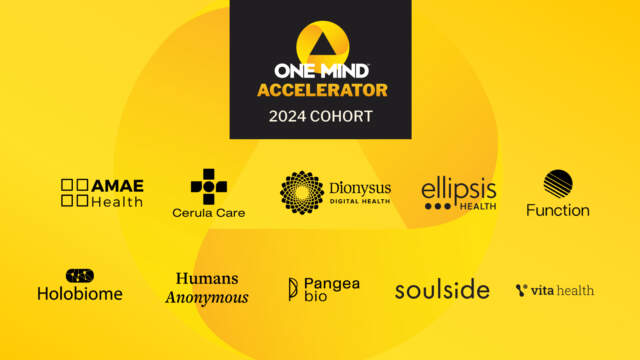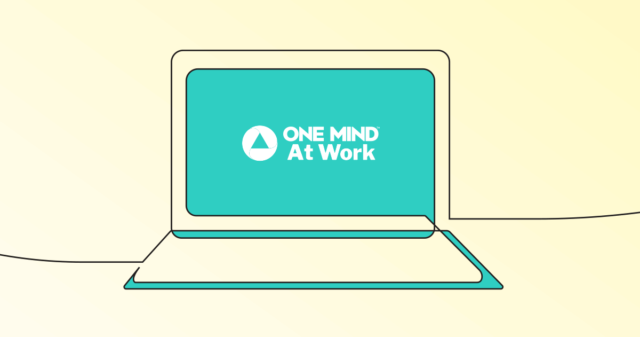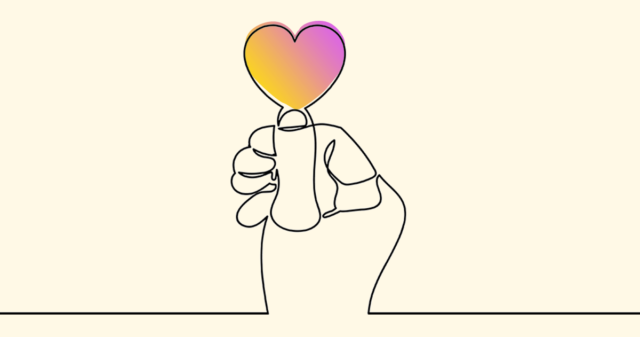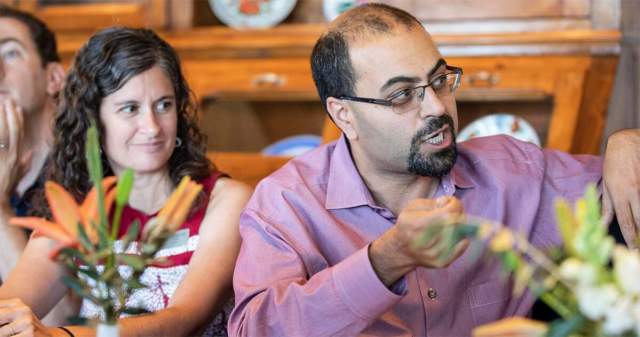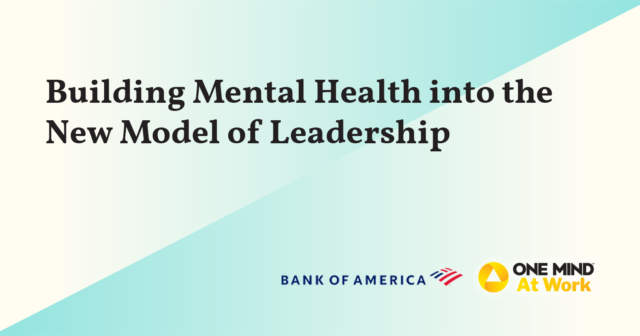At the virtual 2020 HLTH Conference, One Mind Chairman Garen Staglin joined Bank of America CEO Brian Moynihan for a keynote session on “Building Mental Health Into the New Model of Leadership”. Together, they discussed the economic and moral imperatives that corporations have to lead in workplace mental health. Watch and read about the conversation below:
Building Mental Health Into the New Model of Leadership
Garen Staglin, One Mind Chairman
Mental health in the workplace is more crucial now than ever and must be a top priority for any path toward economic recovery from the COVID-19 pandemic. Corporations have an inherent responsibility to lead in this area. In October 2020 I had the opportunity to discuss what the new model of leadership looks like in a conversation with Brian Moynihan, CEO of Bank of America.
Even before COVID-19, statistics revealed an alarming rate of workplace stress, a result of heavy workloads, impersonal communication and lack of work-life balance. As the United States enters the tenth month of the pandemic, these feelings of anxiety, stress and depression have only compounded and continue to negatively impact the well-being and productivity of American workers.
Bank of America has long recognized that their most valuable asset is their people. Mr. Moynihan explained that addressing the needs and concerns of their employees amidst these uncertain times is not only an economic imperative, but also a moral one. As he put it, “you need to have people who are in great shape physically and mentally so that they can do great work for our clients, shareholders and communities. It’s that simple.” Indeed, taking responsibility for employee mental health is a win-win situation; it not only encourages top performance, but it fosters stronger company culture and genuine relationships between employees and leadership. Not only is it the right thing to do, but it’s also great for business.
Building mental health into leadership is no small task, especially in times of crisis. But the costs of ignoring mental health are high and preventing costly turnover and maintaining productivity are essential to business success. Bank of America’s leadership team understands this and made a number of decisions during the COVID-19 pandemic that prioritize employee well-being, such as:
- No COVID related layoffs – Eliminating the concern of disruption in an employee’s financial life by assuring their job security alleviates a huge amount of stress.
- Household stability – Bank of America has provided stipends to help their employees cover the costs of child-care and adult-care, reducing the new burdens many working caregivers are facing.
- Recognize external stressors – COVID-19 is not the only concern 2020 has thrown our way. Recognizing external stressors (wildfires, political unrest, etc.) communicates empathy from leadership.
- Focus on wellness – Emphasize that employees should be taking care of themselves physically, emotionally and financially while providing and promoting resources to help them do that.
Still, an overarching challenge for all organizations, from a globally renowned financial institution to a small business, is stigma. Mr. Moynihan believes that keeping constant lines of communication around the subject of mental health is key – and leaders must set the tone. When these courageous conversations start from the top it creates a ripple effect, opening up the dialogue and helping to make employees feel comfortable voicing concerns or issues. Equally important is the reaction of management to that dialogue – which is why Bank of America has trained their managers on how to best react and respond to these conversations. Furthermore, Mr. Moynihan reinforced that easy accessibility to resources goes hand in hand with addressing concerns of stigma. Providing workplace mental health benefits – and proactively making employees aware of them – allow employees to seek help without the fear of judgment or stigma.
As we advise our One Mind at Work members, an effective workplace mental health strategy should not be a “one size fits all” approach. Entry-level employees and new graduates will have different needs than those employees who are also parents or caregivers, or those planning for retirement. The diversity of the workforce must be taken into account, from gender preference to cognitive differences to race. For example, Black and Hispanic-Latino employees represent communities that have been disproportionately affected by COVID-19 and may face different factors of stress than their white colleagues.
Mr. Moynihan and I discussed how the issues of racial equality and economic opportunity, like mental health, are inextricably tied to employee wellbeing. Bank of America is demonstrating leadership in this area as well, having invested a billion dollars in a program that invests in healthcare, job creation, job scaling, business entrepreneurship and more for communities of color, and contributing 25 million dollars to the Smithsonian’s courageous conversations platform.
Bank of America realizes the responsibility of leadership when it comes to recognizing, predicting and planning for the different needs of all employees, taking race, age, gender and more into account. They represent the gold standard in workplace mental health that One Mind at Work is committed to fostering across all industries. On behalf of One Mind, I would like to thank Brian for his leadership and Bank of America for its dedication to workplace mental health, and I urge executives across the U.S. – and the world – to follow suit.
To watch the full conversation, click here. For more information on how to join One Mind at Work, visit our onemindatwork.org and sign our Charter.

